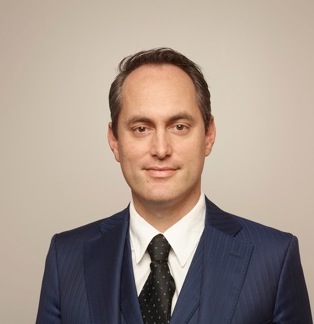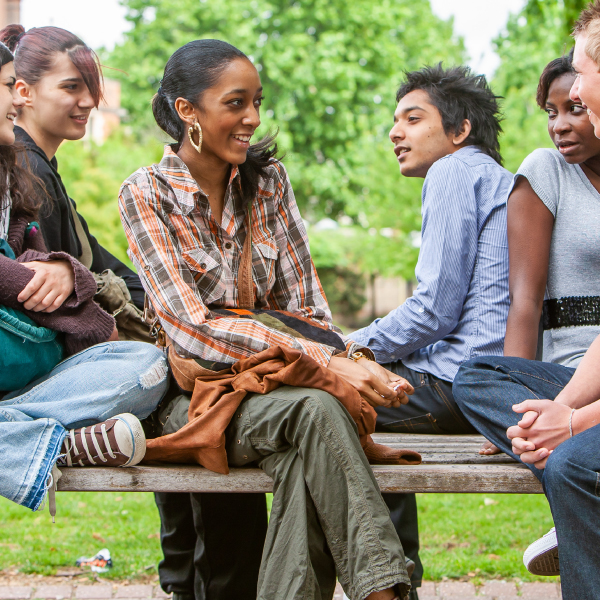Exploring the Māori Research Collection on Health & Wellbeing: A Conversation with Dr. John Mutu-Grigg
February 28, 2025
We recently launched the Māori Research Collection on "Health & Wellbeing," a comprehensive multi-journal collection featuring 19 Wiley journals and over 45 articles. Curated in collaboration with a panel of Māori researchers, this collection also includes an Editorial available in both English and Te Reo Māori. To gain deeper insights, we spoke with Dr. John Mutu-Grigg, Speciality Editor for Māori Health for the ANZ Journal of Surgery and one of the researchers involved in the collection.
Can you elaborate on your role as Specialty Editor for Māori Health? What does this role on an Editorial Board look like, and why is it important?
My role is to look at papers involving Māori to assess not only its merits within a standard western academic lens, but also to assess Kaupapa Māori research or academia from a Māori world view lens. This is really important as often what is considered to be an important methodological or clinical finding from one aspect, may not be for the other and to amalgamate what this means. This is similar to amalgamating clinical and statistical data. What may be of statistical importance may not be of clinical importance and vice versa. Another very important role is to review deductions about Māori from researchers that are not Māori.
As a collaborator in creating the Māori Research Collection on “Health & Wellbeing”, what is your hope for this collection? What would you like readers to take away?
I would really like to see every different surgery specialty with indigenous-led heath research within its area. I would also like to see an exponential rise in the volume of this collection as the number of Māori surgeons and surg eons with an interest in the outcomes of their Māori patients increases. I hope that readers will see the merit in understanding there are different ways to look at the world and data. In doing so, we can all look at data and be able to make different deductions that can be equally valid and expand our knowledge of the practice of surgery.
As a co-author on the Editorial for this collection, can you explain what the goal of this Editorial was?
The aim of the Editorial was to increase awareness amongst the readership of an increasing amount of Māori research being published. But also to form a foundation of papers for easy access for both local and international readers, who will be able to access high quality indigenous papers, by indigenous researchers.
The Editorial is titled “From the world of darkness to the world of light” - can you explain the significance of this title?
Ki te wheiao, ki te ao marama is a common kōrero among Māori that relates to moving from darkness into light. It also represents the movement of unknowing to knowing and is also a cyclical representation of greater understanding. Whenever you encounter something you do not understand, you are in the kore (unknowing) and so you work through processes of learning or wānanga to be enlightened (pō) and once you have a better understanding, you are now informed or in the world of knowing (te ao). So, this epitomised the evolution of Māori-led health research where Māori are (re)claiming their spaces within their respective health fields to conduct culturally safe and scientifically robust research for, with, and by, their people.
The Editorial was also translated into Te Reo Māori – in your opinion, how important is it to have research accessible in native languages?
Te Reo Māori, like many other Indigenous languages, was legislatively banned in the late 19th and much of the 20th century. The revival of Te Reo Māori largely began in the 1970’s through activism and the Māori Language Petition in 1972. It was only 1987 that Te Reo was made an official language of New Zealand and Kōhanga reo (Māori immersion preschools) were established around the 1980s. We are seeing the fruits of this ‘kōhanga reo’ generation coming through our medical schools with many of our tauira Māori being fluent speakers of our native language. So, the translation of this Editorial by Dr Tuhoe who is a Māori GP and exponent of Te Reo Māori, was a mark of respect to those generations before us who have fought for our language. It is also a sign that many of our tangata Tiriti are allies to our journey of tino rangatiratanga in creating spaces for us to do this work in all sectors. It was special to be able to do this for a collection celebrating many colleagues who have (and continue to do) excellent kaupapa-driven research for the betterment of our people.
How does a collection like this contribute to bridging gaps in healthcare between Māori and non-Māori communities?
Research by Māori for Māori is an essential aspect to being able to pick apart some of the health disparities that Māori face. For many years researchers have reviewed data and made assumptions about its relevance for Māori which was often incorrect because of a basic misunderstanding of the Māori world view and therefore have made little practical impact. Through this collection we hope to be able to increase the average understanding of the causes and treatments for Māori health inequity.
How can a collection like this help healthcare providers better understand and integrate Māori health perspectives into their practice?
I believe that good data will speak for itself. One of the biggest issues that many minorities face is discrimination form well-meaning doctors with inherent biases. We all have biases, but until an individual can identify their own inherent bias they will only ever be able to maintain their bias. Hopefully by teaching providers to see the world through their patients eyes, from a group that is different to their own, they will become better practitioners all round.
In the Editorial, you explain the merit of Māori-led or partnered research in healthcare; can you go further and explain why this is important in the context of surgery?
Tino rangatiratanga (self-determination) signifies that we, as Māori, wish to determine our own lives and futures for ourselves and our uri (descendants). This implies that when others conduct research ‘on’ us instead of with us, they are actively undermining our rights to assert independence in understanding our own health and the solutions that will be effective for us. As Te Tiriti partners, our tangata tiriti should create space for us to do this or, at the very least, refrain from obstructing the limited space our predecessors have carved out through their longstanding advocacy, protest, and leadership .
Looking ahead, what do you see as the next important steps for advancing Māori health in the field of surgery, and how do you envision the role of collaboration and research evolving in the coming years?
All of us have our own specialist area that we have an interest. We rely on our colleagues to dedicate their lives to studying other areas so that we can read and learn what they have discovered to improve our practice. Therefore, we need indigenous surgical health experts, who can do the research, gather data, teach the rest of us this information and create indigenous health curricula within each surgical specialty. The aim of which is to identify the root causes and solutions for health inequities that are the responsibility of that specialty . I see this collaboration as the beginnings of that curriculum, so we can all be enlightened.











